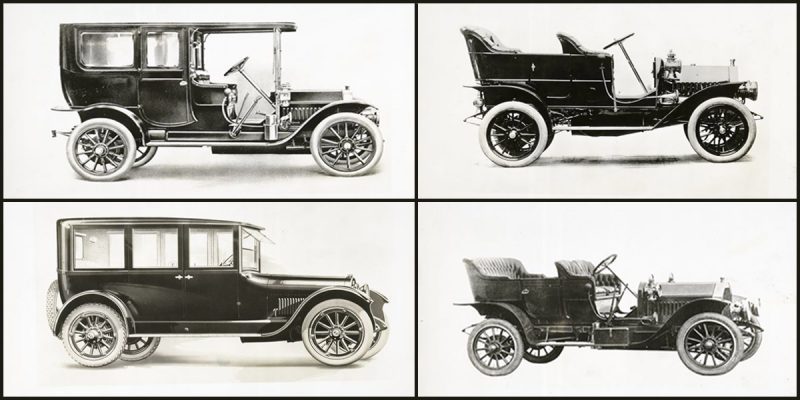Buick, formally the Buick Motor Division, is an upscale automobile brand of the American manufacturer General Motors (GM). For much of its existence in the North American market, Buick has been marketed as a premium automobile brand, selling luxury vehicles positioned above GM’s mainstream brands, e.g. Chevrolet, while below the flagship luxury Cadillac division.
Buick retains the distinction of being the oldest active American marque of an automobile and the original Buick Motor Company was a cornerstone of the establishment of General Motors in 1908. Before the establishment of General Motors, GM founder William C. Durant served as Buick’s general manager, while his friend Louis Chevrolet worked as a racing driver for Buick and later learned automotive design working there.
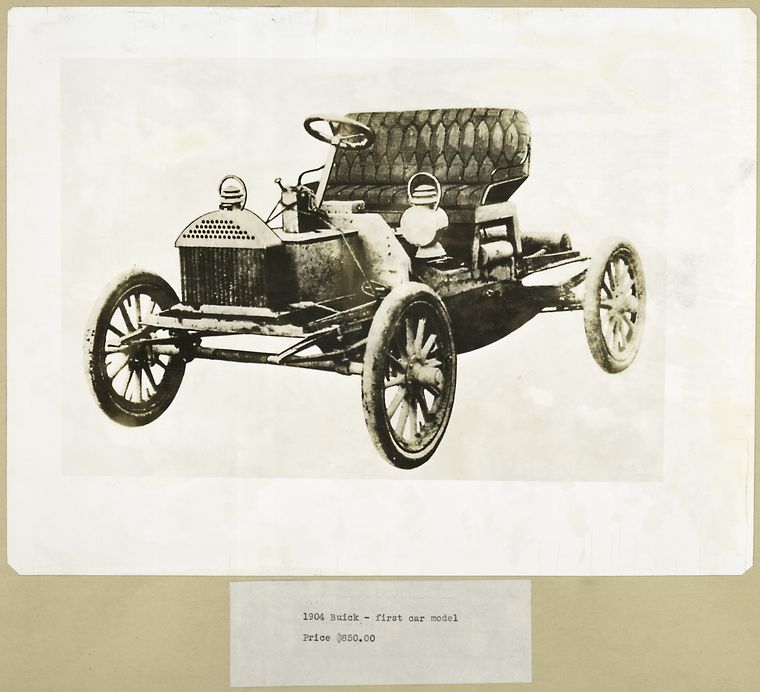
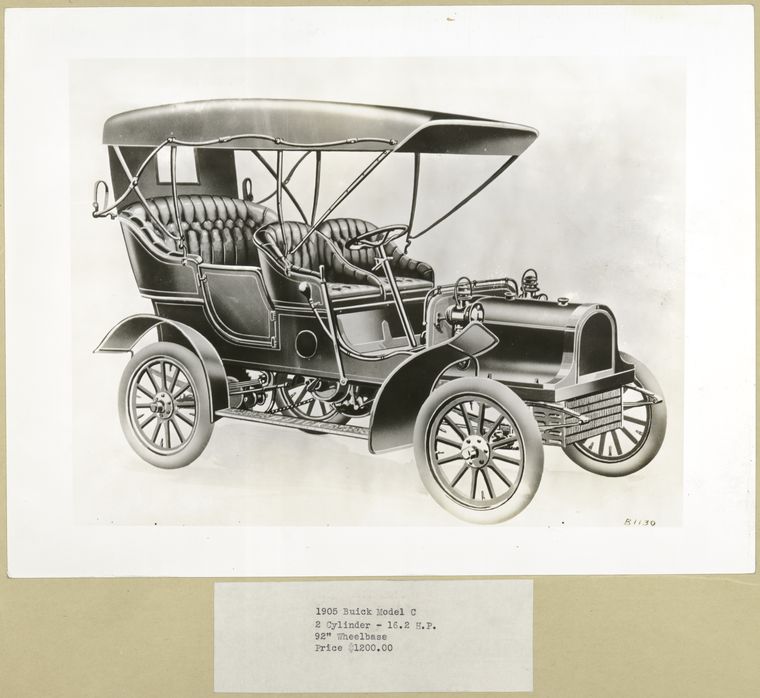
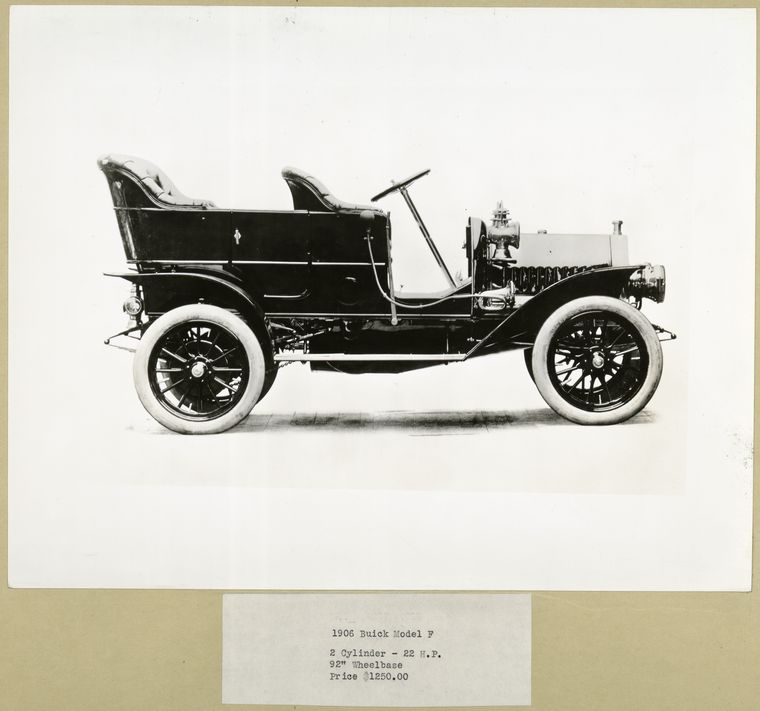
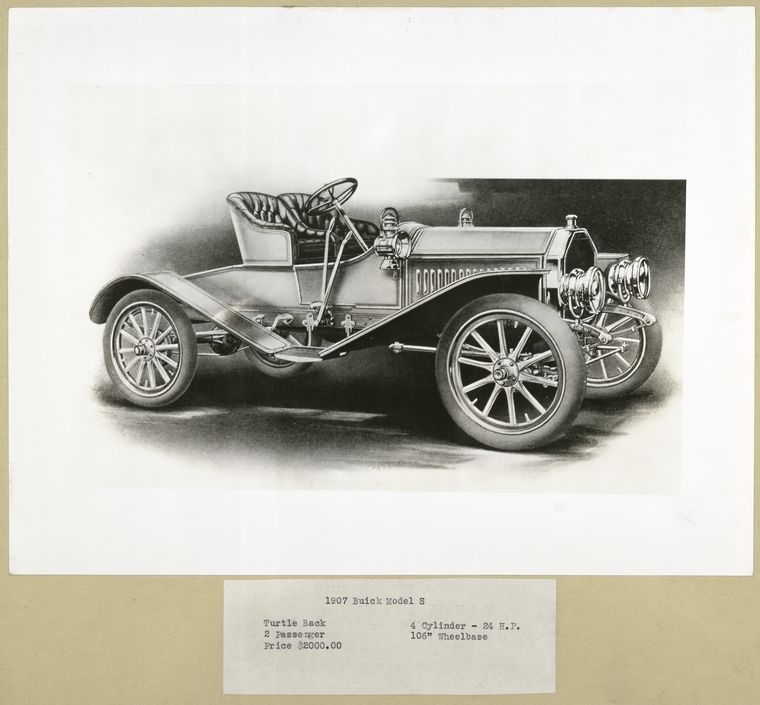
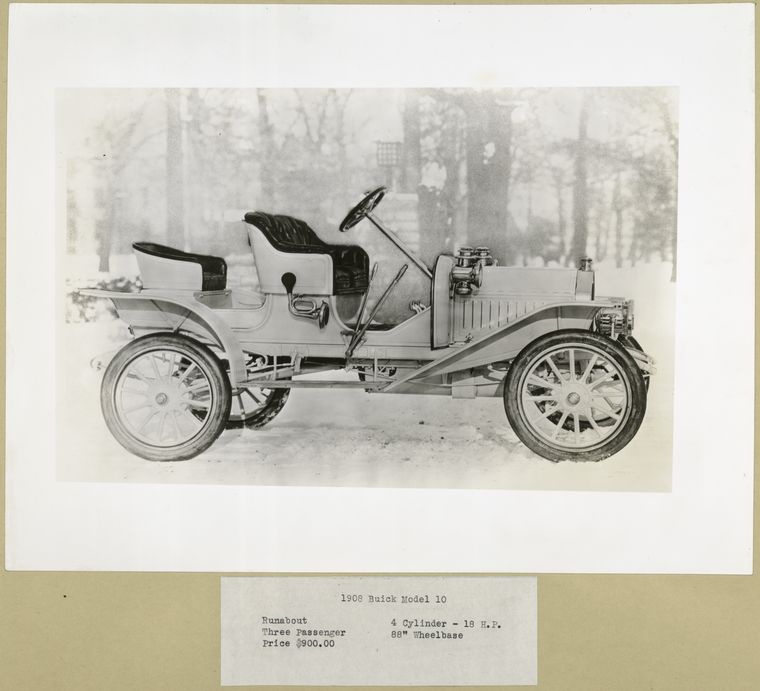
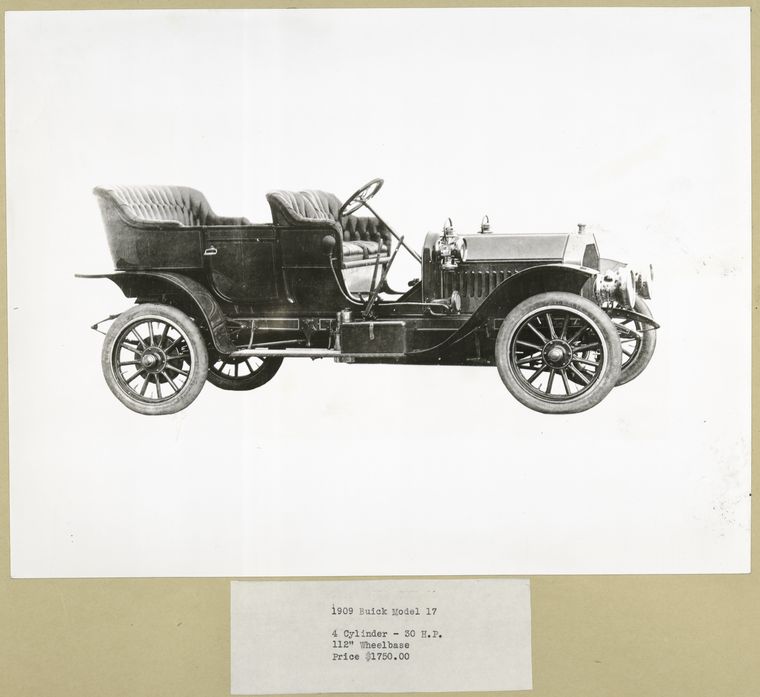
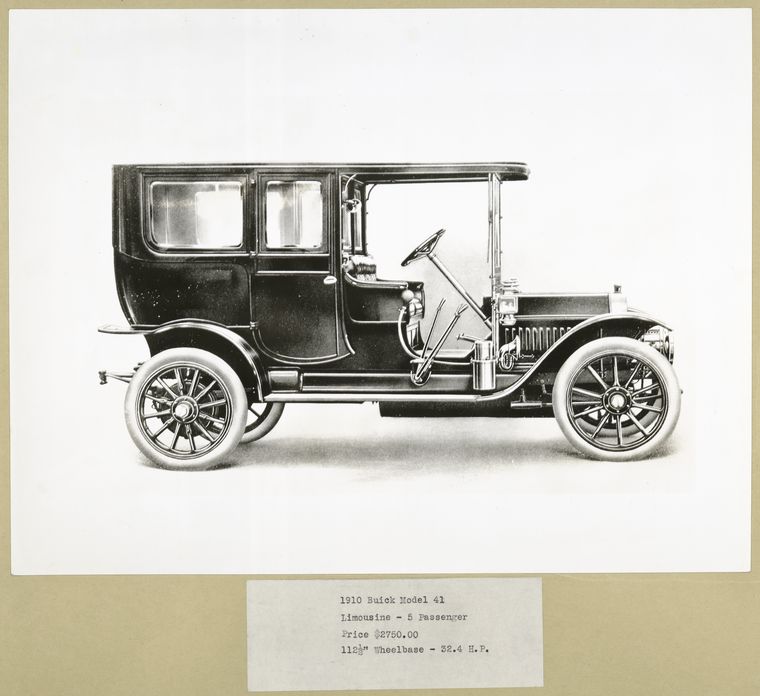
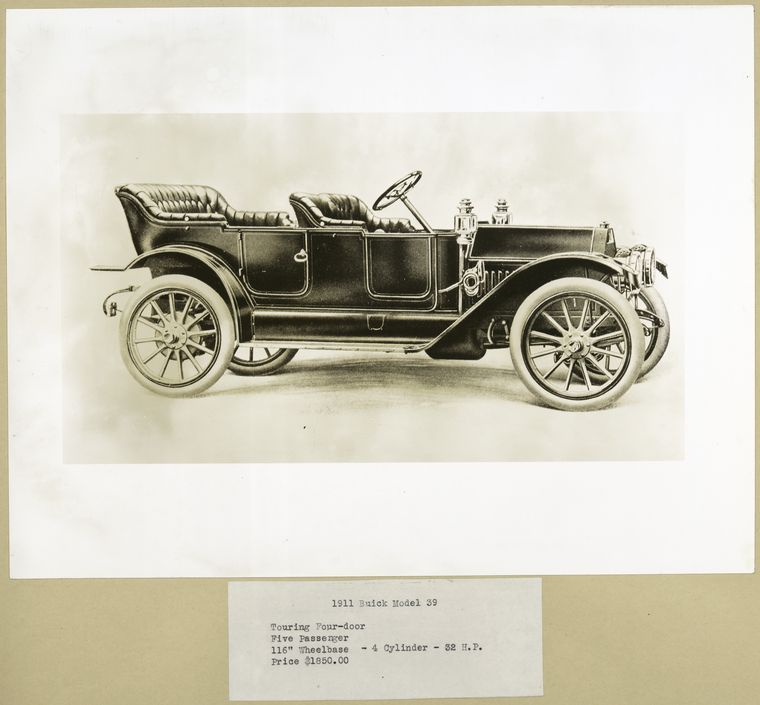
David Dunbar Buick incorporated his company as the Buick Motor Company on May 19, 1903, in Detroit, Michigan. Later that year, the company was purchased by James H. Whiting (1842–1919), owner of Flint Wagon Works, in Flint, Michigan, who moved Buick to a location across the street from his factory, with the idea of adding Buick’s engines to his wagons. David Buick stayed on as secretary and re-hired Walter Marr as chief engineer. The engine Buick and Marr developed for this automobile was a 2-cyinder valve-in-head engine of 144 cubic inches, with each cylinder horizontal and opposed to each other by 180 degrees.
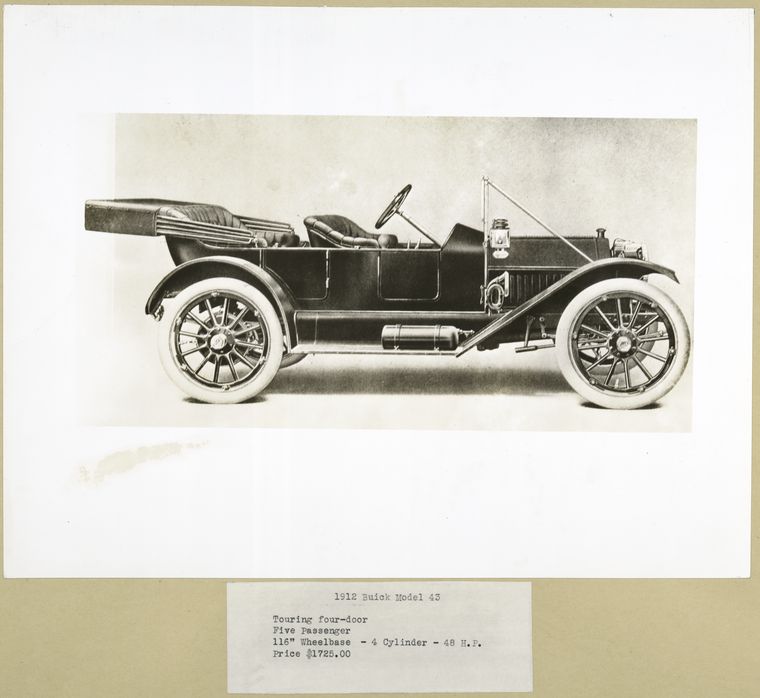
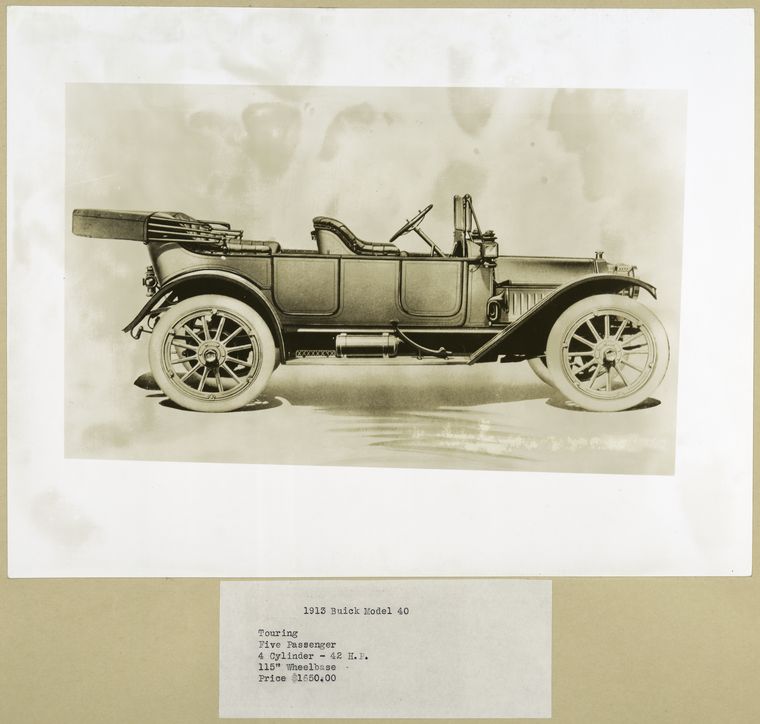
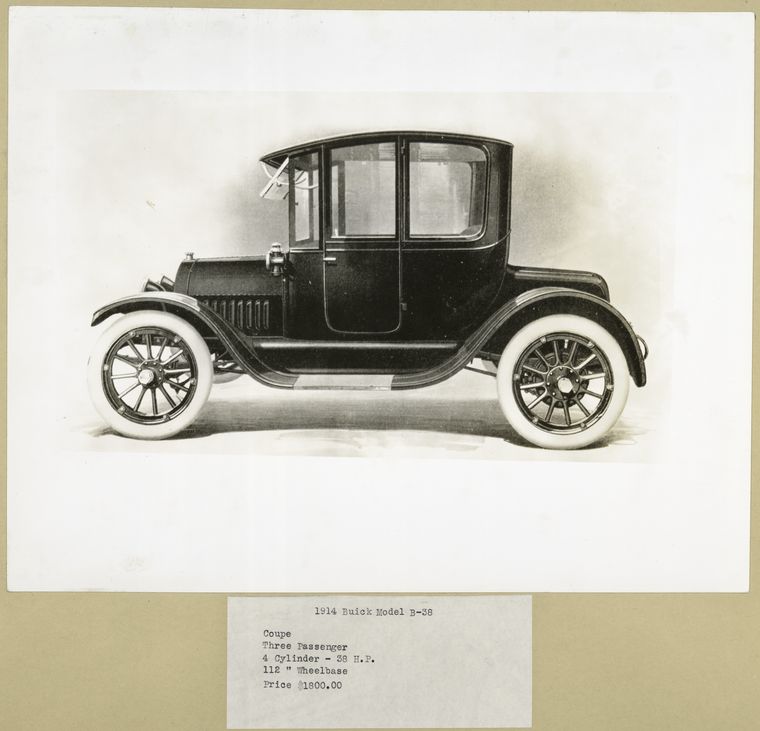
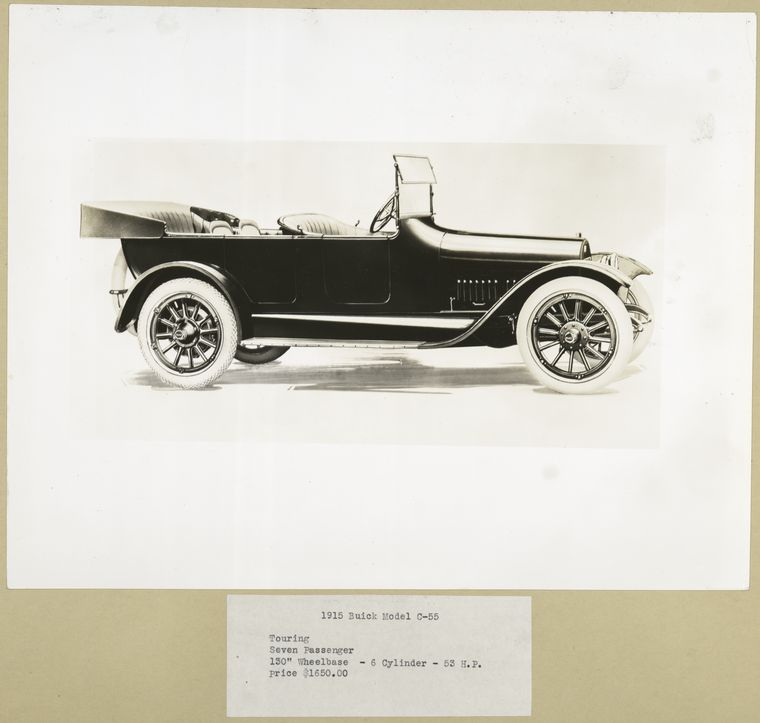
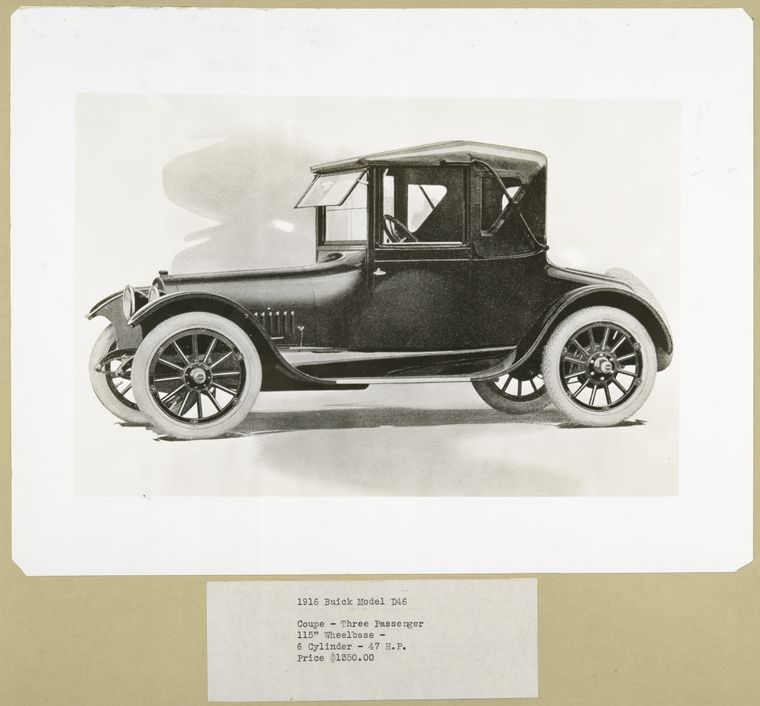
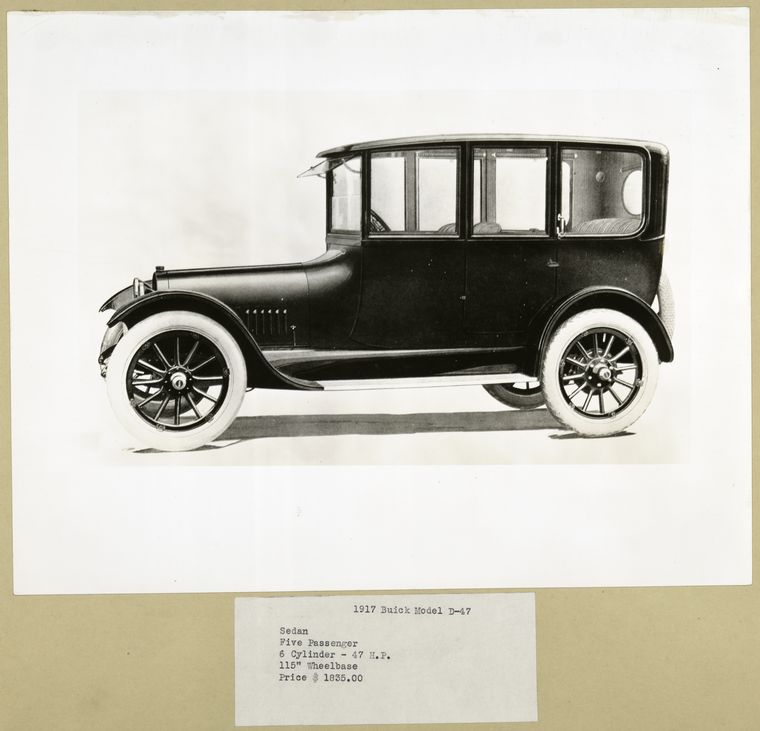
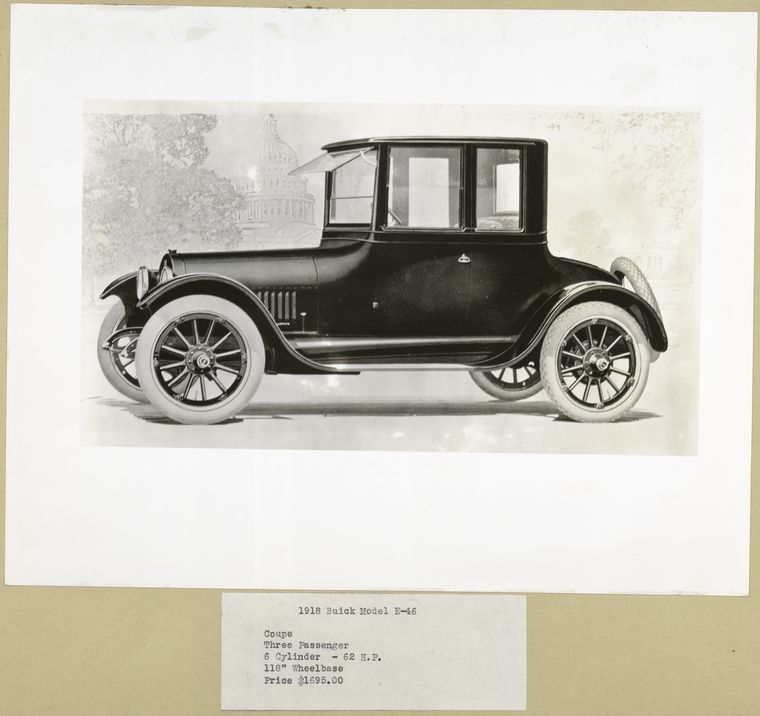
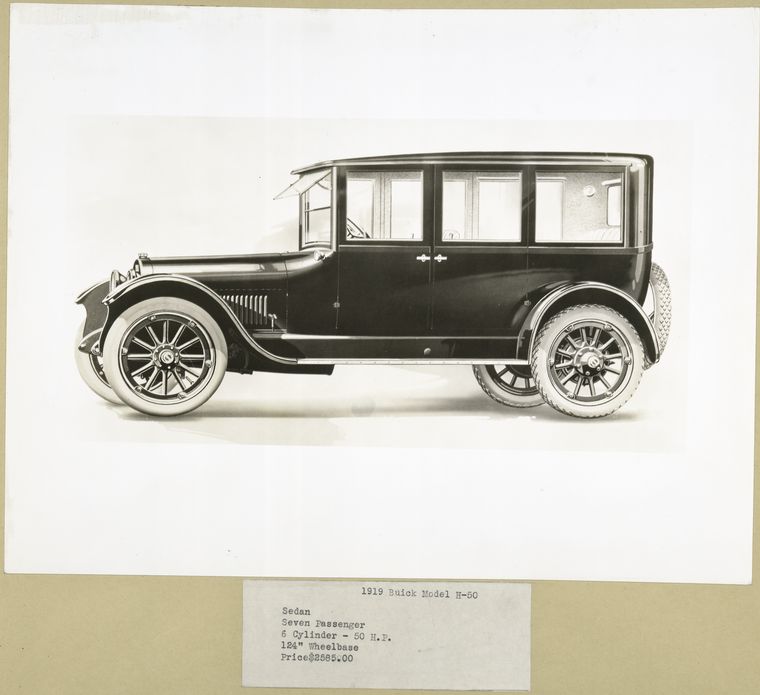
Whiting built only a few automobiles in 1904, by bringing Buick engines across the street where his workers shoehorned them into his wagons and drove them back across the street as Buicks, before running out of capital, causing him to bring in William C. Durant that year as controlling investor. Durant was co-owner, also in Flint, of the Durant-Dort Carriage Company, which was the largest carriage-making company in the country. Durant spent the next 4 years turning Buick into the biggest-selling automobile brand in the US. In 1907, Buick agreed to supply motors to R. S. McLaughlin in Canada, who made automobiles there, and in 1908 Durant founded General Motors. David Buick was kept for several years as an employee. He sold his stock for a small sum upon departure and died in modest circumstances 25 years later.
Between 1899 and 1902, two prototype vehicles were built in Detroit, Michigan by Walter Lorenzo Marr. Some documentation exists of the 1901 or 1902 prototype with tiller steering similar to the Oldsmobile Curved Dash. In mid-1904, another prototype was constructed for an endurance run, which convinced James H. Whiting to authorize production of the first models offered to the public. The architecture of this prototype was the basis for the Model B.
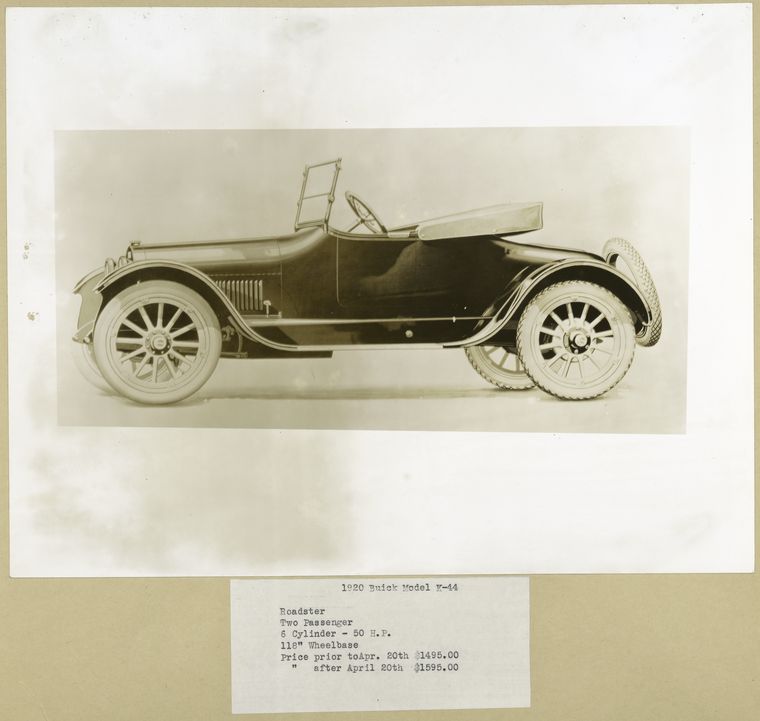
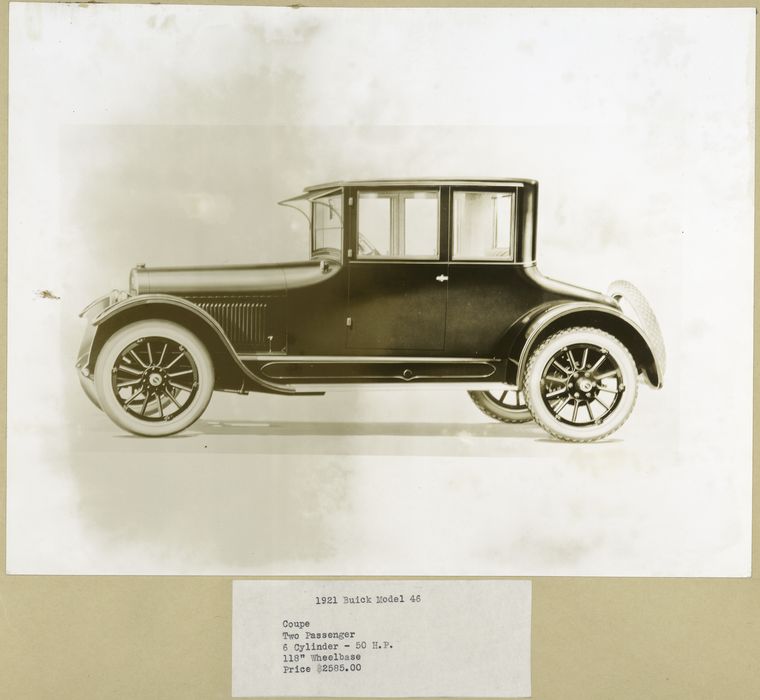
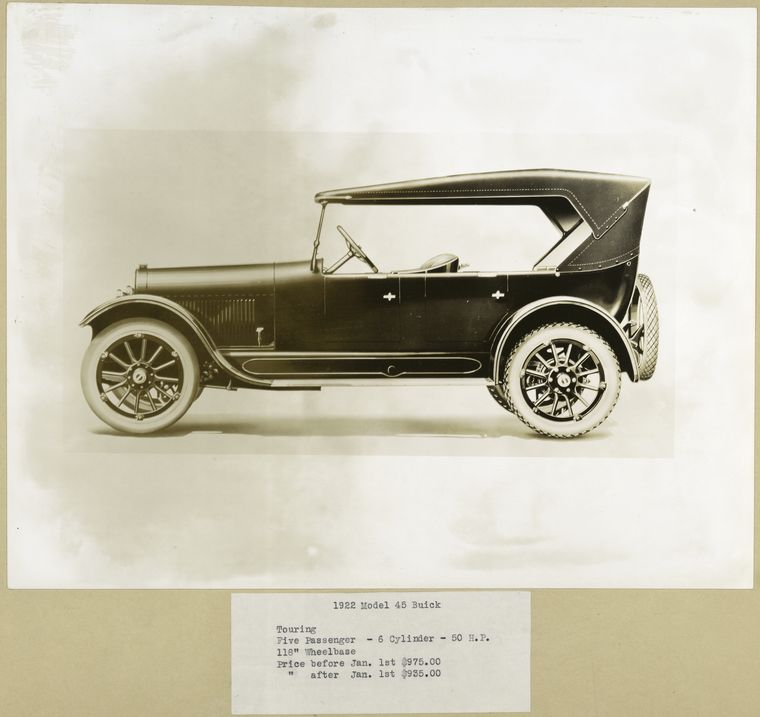
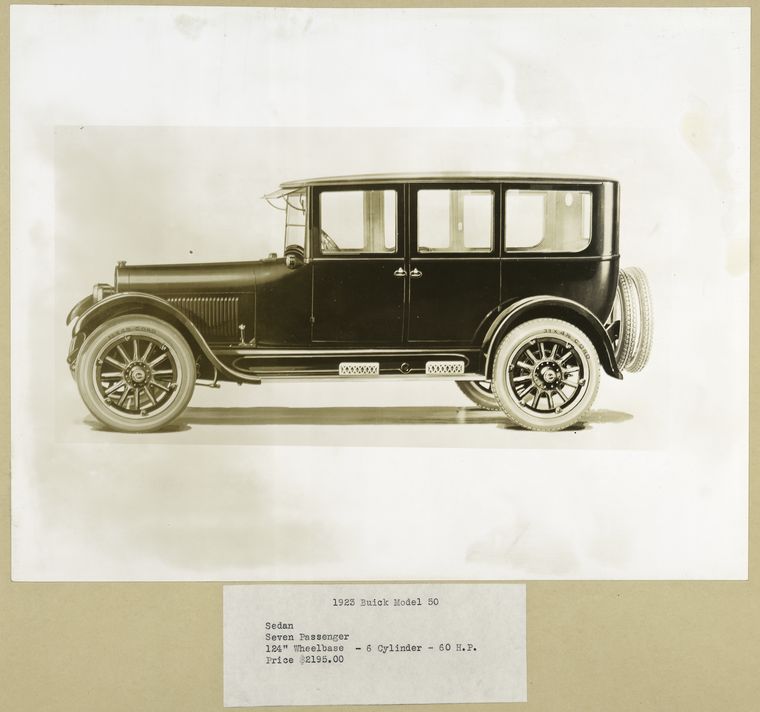
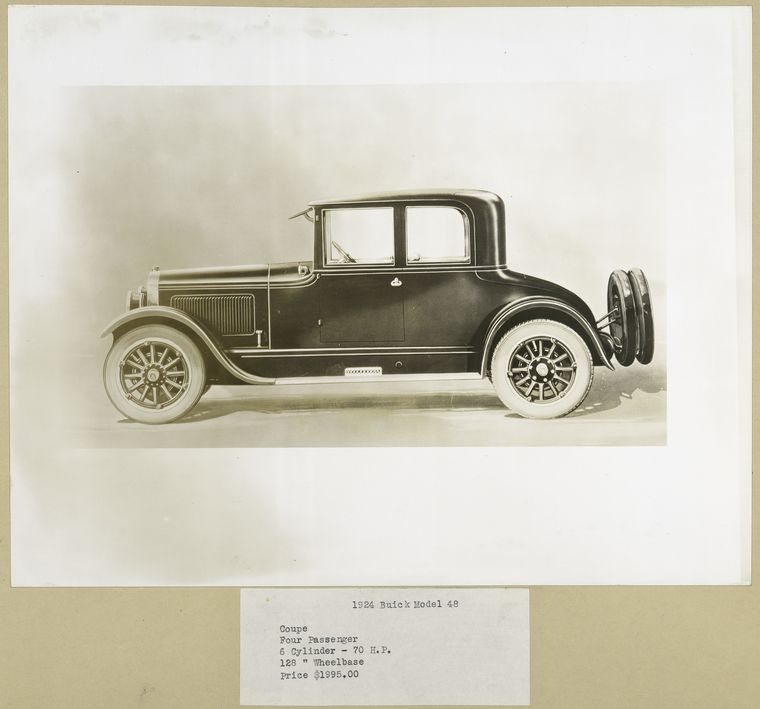
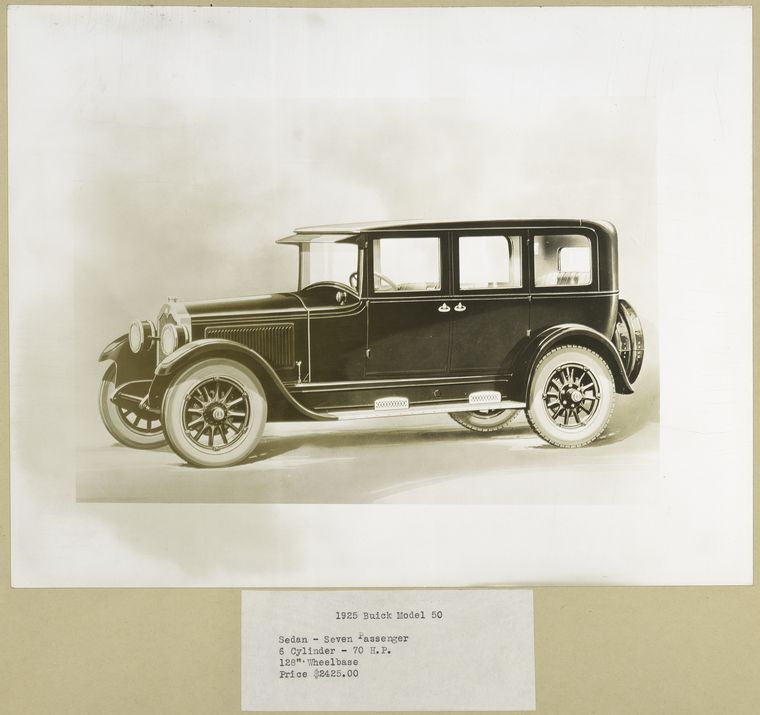
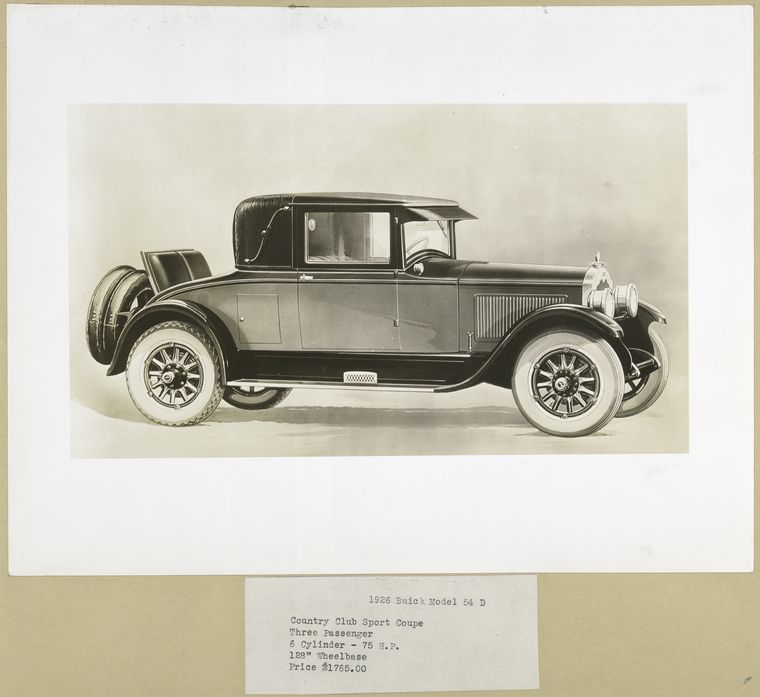
The first Buick made for sale, the 1904 Model B, was built in Flint, Michigan. There were 37 Buicks made that year, none of which survive.
The basic design of the 1904 Buick was optimally engineered even by today’s standards. The flat-twin engine is inherently balanced, with torque presented to the chassis in a longitudinal manner, actually canceling front end lift, rather than producing undesirable lateral motion. The engine was mounted amidships, now considered the optimal location.
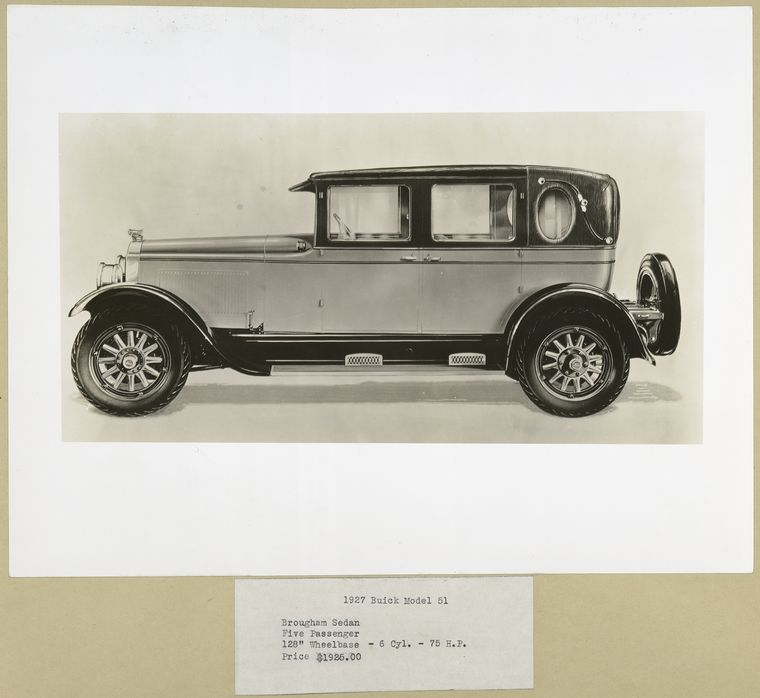
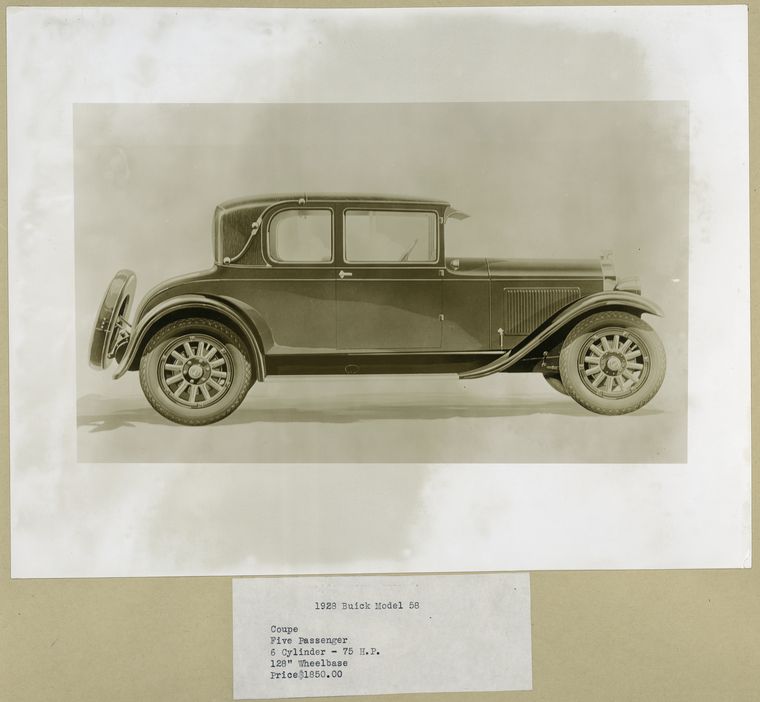
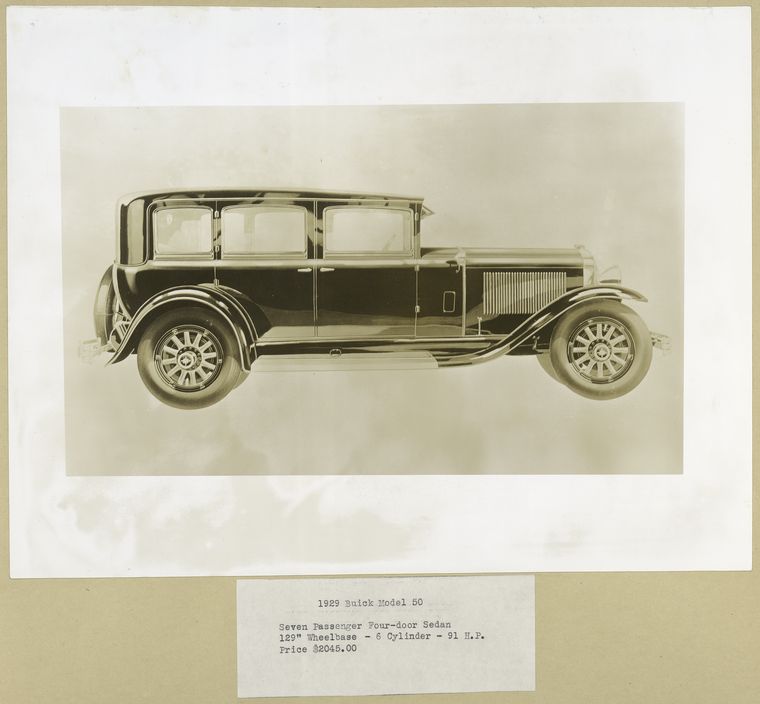
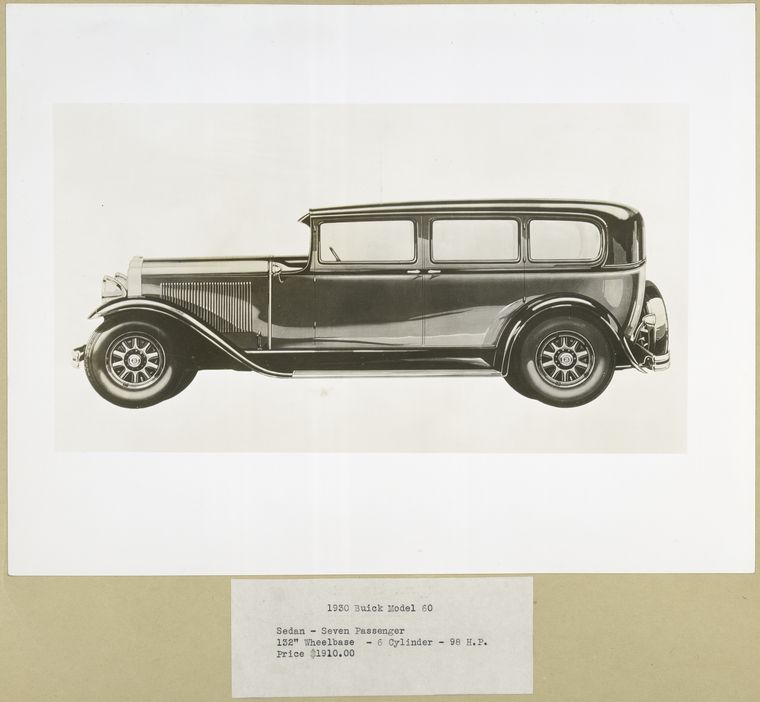
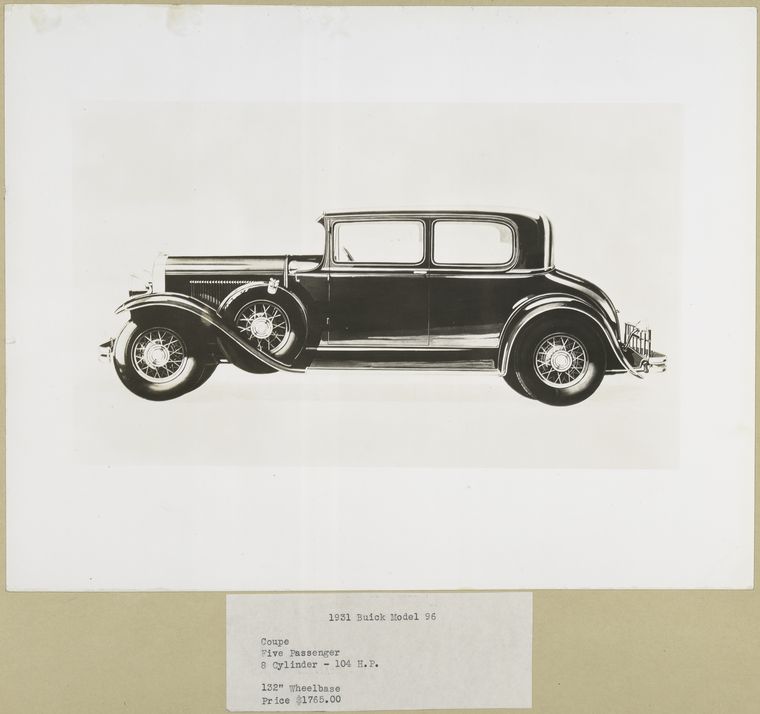
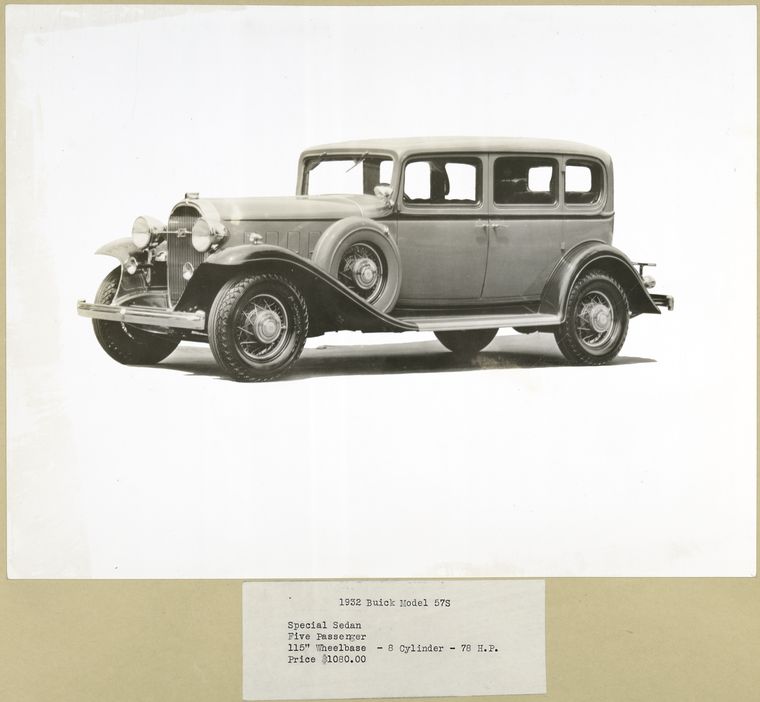
In 1911, Buick introduced its first closed-body car, four years ahead of Ford. In 1929, as part of General Motors’ companion make program, Buick Motor Division launched the Marquette sister brand, designed to bridge the price gap between Buick and Oldsmobile; however, Marquette was discontinued in 1930. All Buick, Marquette, Viking, and Oldsmobile products shared the newly introduced GM B platform starting in 1926. Buick debuted two major achievements for the 1931 model year, the OHV Buick Straight-8 engine and a synchromesh transmission in all models but the Series 50. The Eight was offered in three displacements, the 220 cubic inch (bore 2 7/8 in. stroke 4.25 in.), was available in the Series 50 with 77 brake HP. The Series 60 engine was a 272 cu. in. unit (bore 3 1/16 in., stroke 5 in.) giving 90 brake HP. The Series 80 and Series 90 used a 344 cu. in. version (bore 3 5/16 in., stroke 5 in.) for 104 brake HP. Automatic vacuum-operated spark advance was another new feature replacing the steering column mounted spark lever although an emergency lever was now dash mounted.
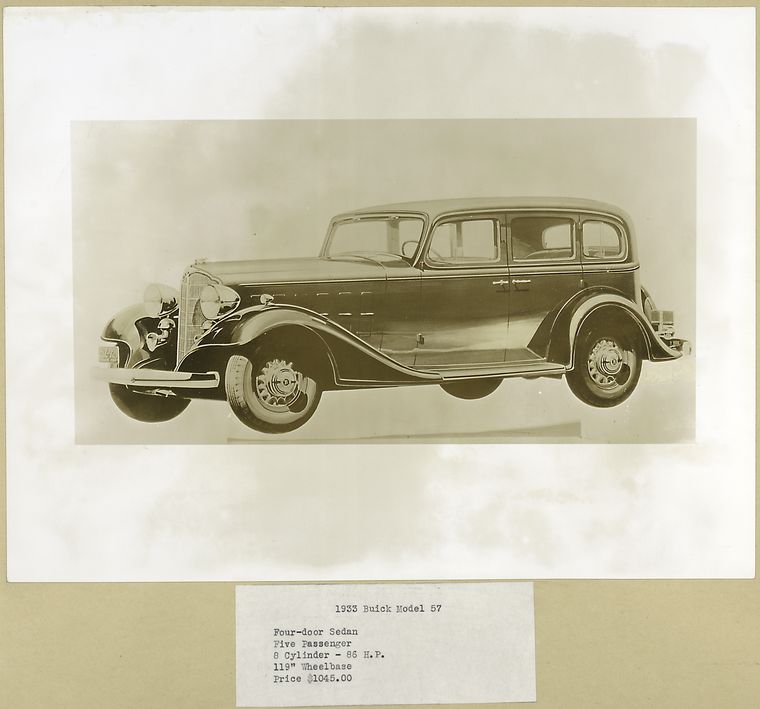
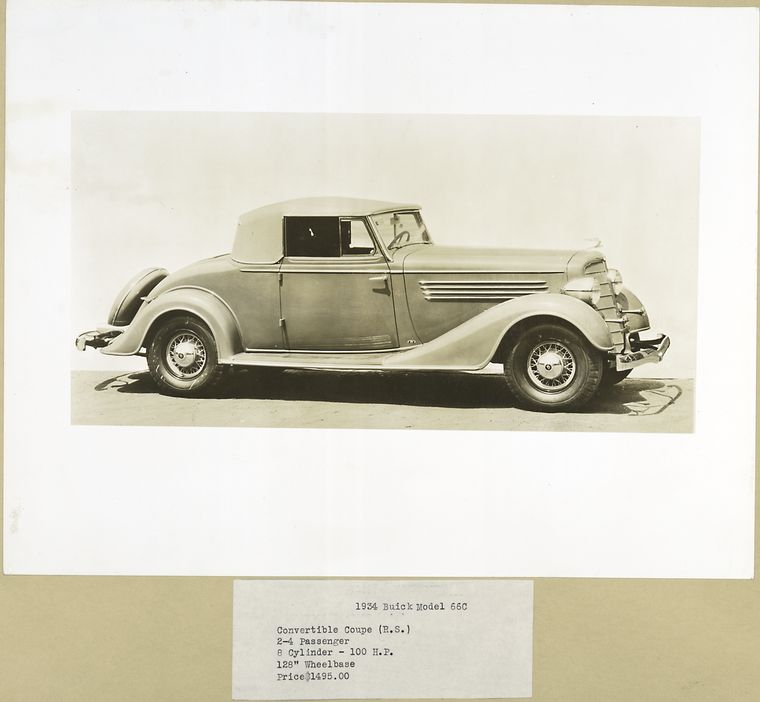
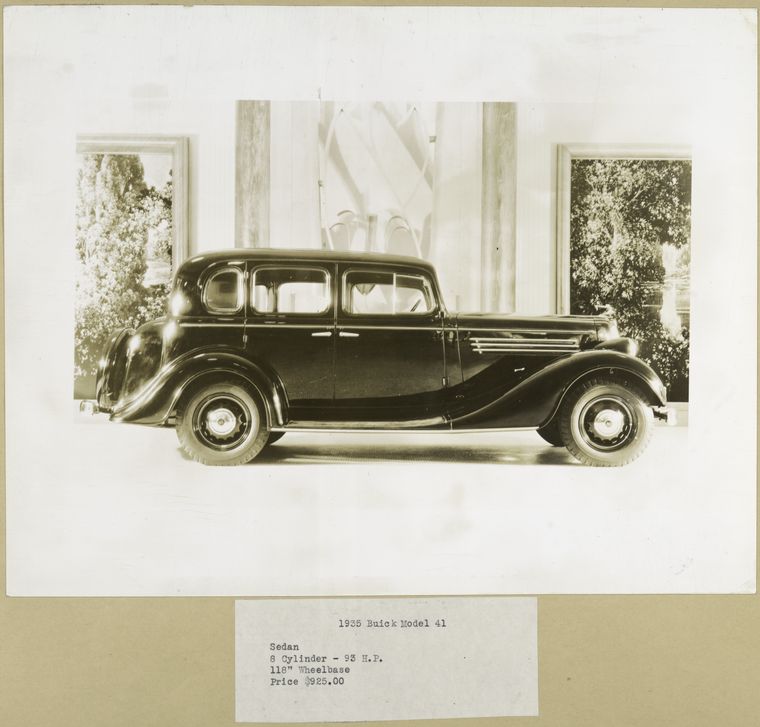
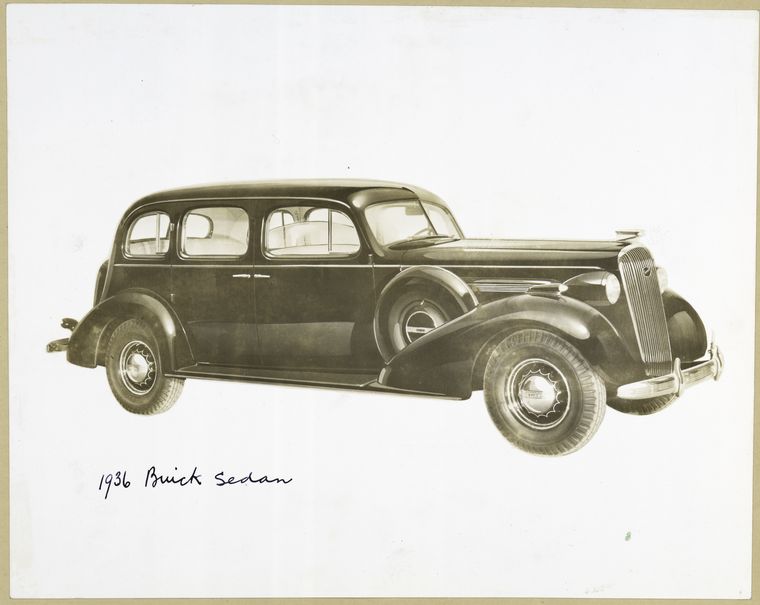
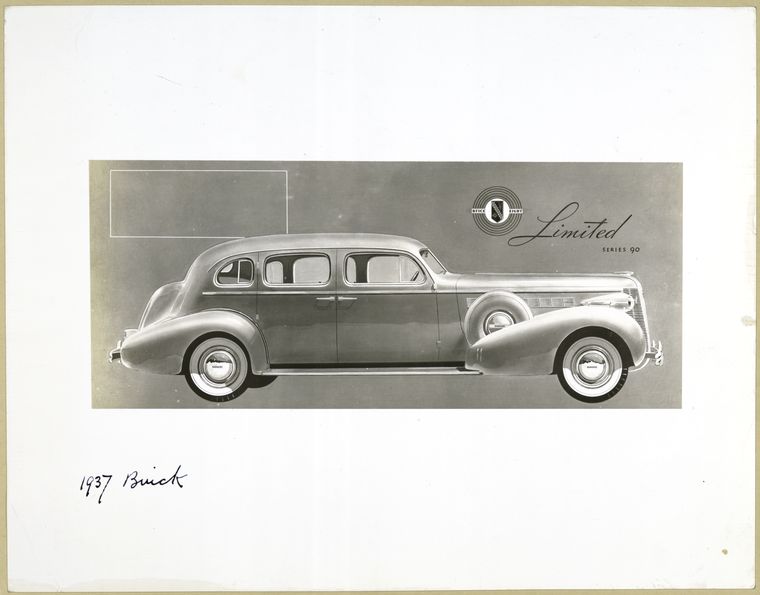
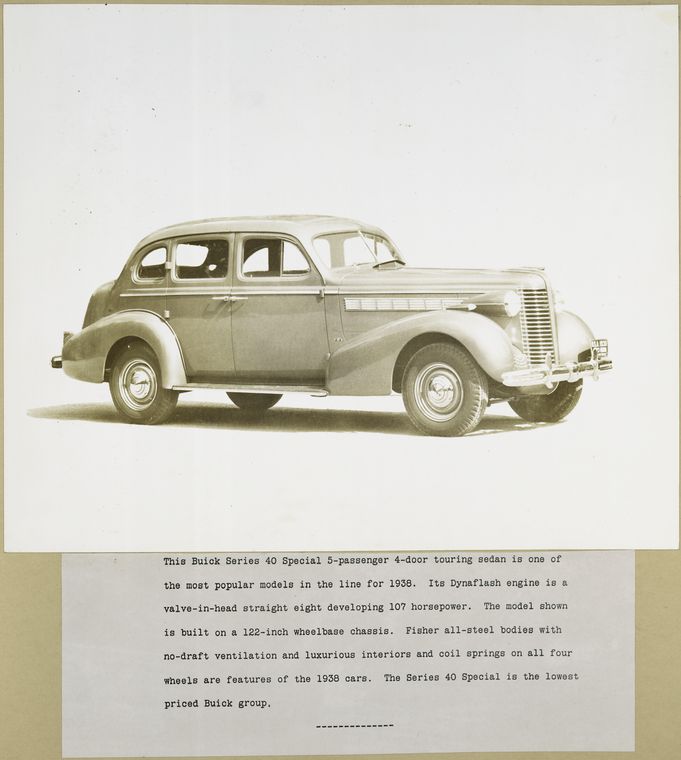
In the 1930s, Buicks were popular with the British royal family, particularly Edward VIII. He imported and used a Canadian built McLaughlin-Buick that was GMs top brand in Canada, Cadillac not having caught on there. George VI used one for a coast to coast royal tour of Canada in 1939.
Buick-branded vehicles are sold in the United States, Canada, Mexico, China, and Taiwan. In 2015, Buick sold 1,231,941 vehicles, a record for the brand. Since restructuring in 2009, GM has also started to share technology and development between Buick and GM’s European Opel division.
Photos: New York Public Library
